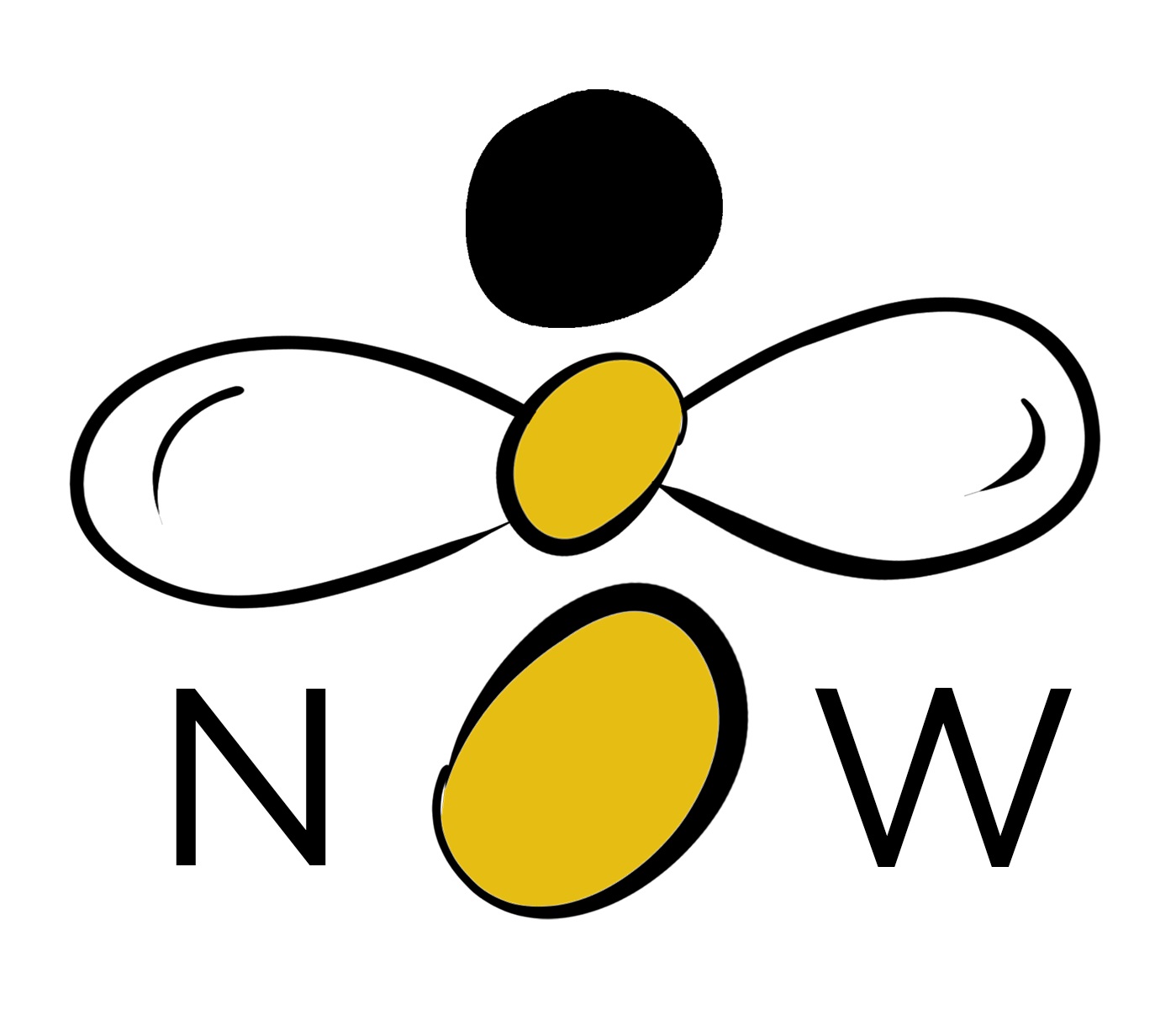The concept of neurodiversity, initially introduced in the late 1990s, has gained significant traction in recent years, particularly in the realm of organizational management. At its core, neurodiversity represents a paradigm shift in the way we understand cognitive differences: rather than pathologizing or stigmatizing individuals whose brains function differently, it embraces the natural variation in the human brain as a source of diversity and strength.
One of the pioneering works in this field, “The Power of Neurodiversity” by Dr. Thomas Armstrong, provides an insightful look at this paradigm. Dr. Armstrong champions the idea that neurodiversity is not a disability but rather a testament to the complexity and adaptability of the human brain. He underscores that our neurobiological differences, such as those found in autism, ADHD, dyslexia, and other conditions, should be respected just as much as any other human variation.
Neurodiversity and the Workplace
A 2017 article by Harvard Business Review points out that approximately 1 in 7 people (more than 15% of people in the U.S.) are neurodiverse, representing a significant potential workforce.
As we apply the concept of neurodiversity to the workplace, it’s critical for leaders and managers to understand its implications. Simply put, neurodiverse employees may think and approach tasks differently than their neurotypical counterparts. They often have unique strengths, including innovative problem-solving skills, high levels of creativity, and a detailed focus. However, they may also have different needs when it comes to their work environment, communication, and management.
Misconceptions about Neurodiversity
One common misconception about neurodiversity is that it’s synonymous with disability or impairment. While some neurodiverse individuals do face significant challenges, their unique neurology is not inherently a deficit. It’s simply different. Another misconception is that accommodating neurodiverse employees is costly and disruptive. In fact, many accommodations are relatively simple and can benefit all employees, not just those who are neurodiverse.
Challenges of Neurodiversity in the Workplace
Despite the many strengths neurodiverse individuals can bring to a team, there can be challenges. One study by the National Institute of Mental Health highlighted that individuals with autism often face social communication difficulties, which can make team collaboration challenging. Similarly, employees with ADHD may struggle with organization and time management, posing potential productivity challenges.
Autism Hiring Program at Microsoft
One prominent example of a successful neurodiversity initiative is Microsoft’s Autism Hiring Program. Launched in 2015, the program aims to attract talent from among those diagnosed with autism. Recognizing that traditional interview processes can be a barrier for candidates with autism, Microsoft redesigned its hiring practices to better identify and support these individuals’ unique strengths.
The company replaced traditional interviews with a multi-week hiring process that includes workshops, team projects, and opportunities to meet with various Microsoft employees. This innovative approach has been fruitful, not only increasing diversity but also fostering creativity and problem-solving within teams.
An internal study at Microsoft revealed that neurodiverse teams solved complex problems faster than neurotypical teams, proving the tangible benefits of embracing neurodiversity in the workplace. This case study demonstrates how adopting a thoughtful, inclusive approach to neurodiversity can bring about significant advantages for both employees and the organization.
Embracing Neurodiversity: Steps for Managers and Leaders
Understanding and embracing neurodiversity requires effort and a willingness to make adjustments. Here are some strategies for leaders:
- Foster a Culture of Acceptance: Begin by promoting an inclusive culture that values all forms of diversity, including neurodiversity. This can involve training, education, and conscious efforts to combat stigma.
- Tailor Management Strategies: Recognize that one-size-fits-all management strategies may not work. Be flexible in your approach and open to adapting based on individual needs.
- Provide Reasonable Accommodations: This could involve providing assistive technology, altering work environments to minimize sensory overload, or allowing flexible work schedules.
- Capitalize on Strengths: Focus not just on the challenges of neurodiversity but also on the strengths. This could mean assigning projects that allow neurodiverse employees to showcase their unique skills and talents.
- Encourage Open Communication: Establish an environment where employees feel comfortable discussing their needs, and ensure that you’re prepared to listen and adjust accordingly.
Understanding neurodiversity is a journey, but it’s one worth undertaking. As Dr. Armstrong articulates in “The Power of Neurodiversity,” when we view neurodiverse individuals through the lens of their strengths rather than their weaknesses, we open up a world of potential for innovation, creativity, and enhanced productivity. By doing so, we don’t just improve the workplace for neurodiverse individuals—we improve it for everyone.

Arya Salehi is a storyteller and life coach, helping individuals be at their best by fostering trust and connection in their work and relationships. He’s the author of Panic in the Soup and host of the Bee Now podcast. He believes in asking the right questions, rather than having all the answers. He lives in Roseville, CA.
